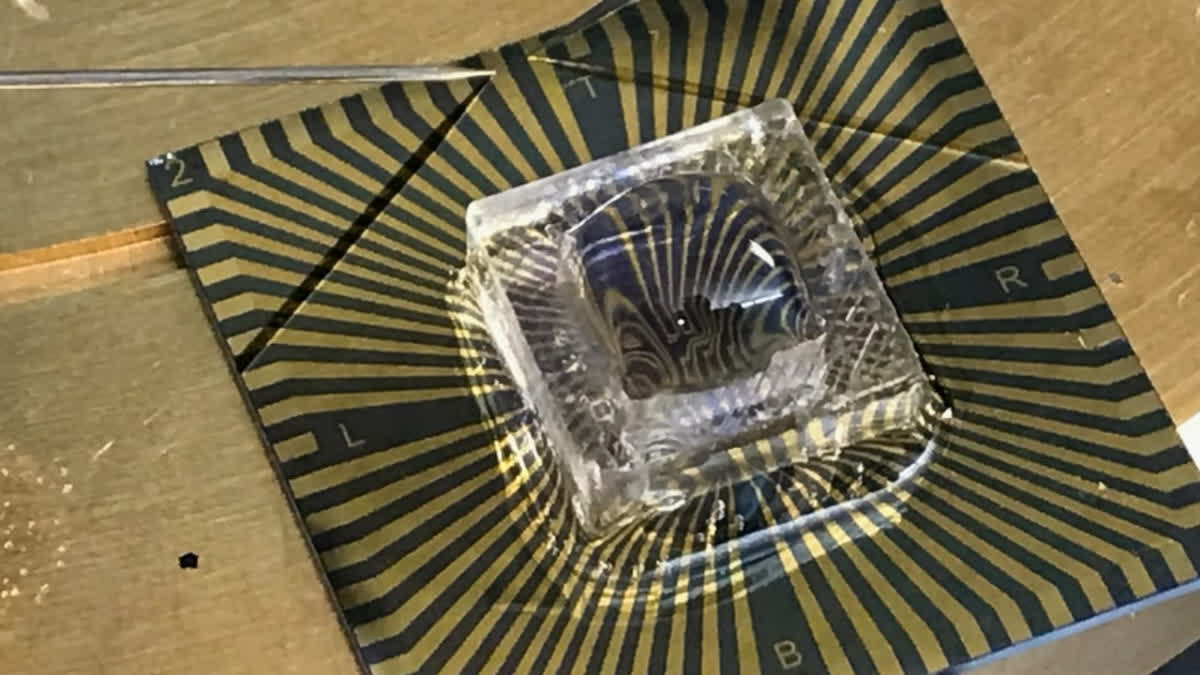New York: Worried whether your cough, sore throat and congestion is Covid-19 or flu? A new ultra-thin sensor may help you understand in just 10 seconds. Scientists from the University of Texas at Austin used a single-atom-thick nanomaterial to build a device that can simultaneously detect the presence of the viruses that cause Covid-19 and the flu - at much lower levels and much more quickly than conventional tests for either.
They presented their results at the ongoing spring meeting of the American Chemical Society (ACS) in the US. The symptoms of both flu and Covid-19 overlap considerably, making it difficult to distinguish between them, said Deji Akinwande, from the varsity. "When both of these viruses are circulating together as they did earlier this winter, it would be immensely useful to have a sensor that can simultaneously detect whether you have Covid, flu, none of the above or both," he said.
Akinwande stated that the device he and colleagues are developing could be modified to test for other infections as well. The team constructed the Covid-19 and flu sensor using graphene, a single layer of carbon atoms arranged in a hexagonal lattice pattern. Its extreme thinness renders graphene highly sensitive to any electrical changes in its environment.
Also read: Vaccination for infants: Do's and Don'ts
To build the infection sensor, the researchers had to make graphene respond to the presence of viral protein. To do so, they looked to the immune system, which produces antibodies that are fine-tuned to recognise and latch onto particular pathogens. The researchers then linked antibodies against SARS-CoV-2, the virus that causes Covid-19, and against the flu virus to graphene. When a sample from an infected person is placed on the sensor, these antibodies bind to their target proteins, prompting a change in the electrical current.
They tested the sensor using proteins from these active flu or SARS-CoV-2 viruses delivered in fluid intended to resemble saliva. Their results indicated that not only could the sensor detect the presence of the proteins, it could do so when they were present at extremely low quantities. This sensitivity suggested the sensor could be used for detecting the much more sparse viral particles found in breath, Akinwande said.
The sensor also worked quickly, returning results within about 10 seconds of dropping in a sample, he said. By comparison, conventional Covid-19 tests can take minutes or hours, depending on the type, and a dual Covid and flu test recently authorised by the US Food and Drug Administration takes about half an hour to produce results. Akinwande and his team are now working to improve its performance further, including by expanding the slate of viruses it can detect. They are developing a sensor designed to test for SARS-CoV-2 variants, such as Omicron and Delta. (IANS)
(This story has not been edited by ETV Bharat and is auto-generated from a syndicated feed.)


